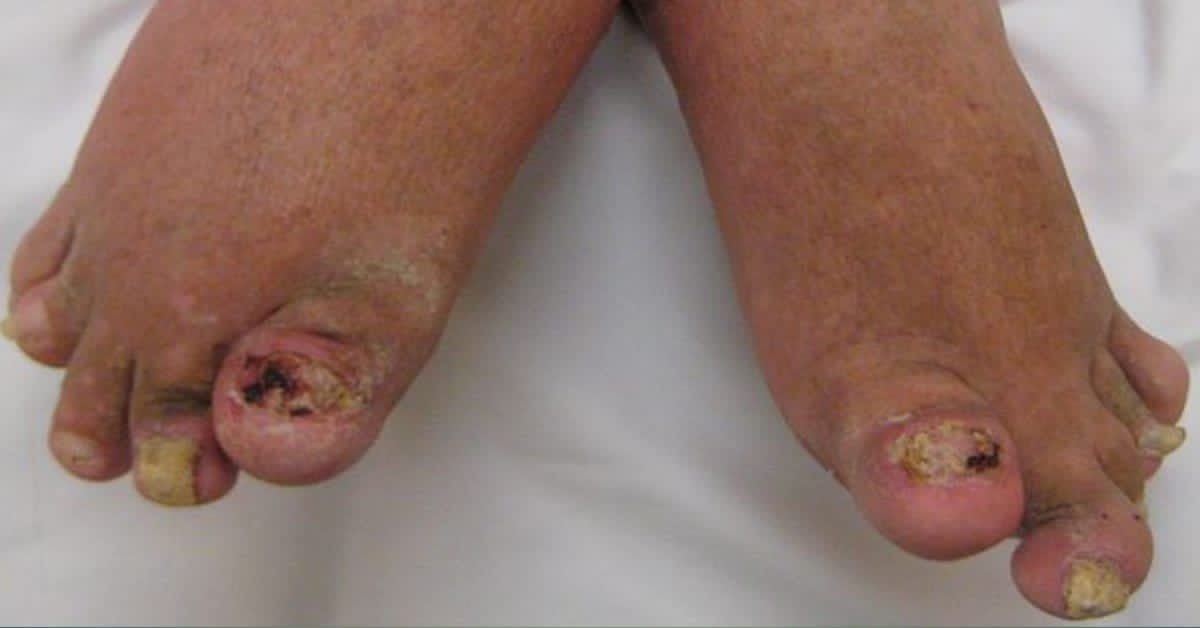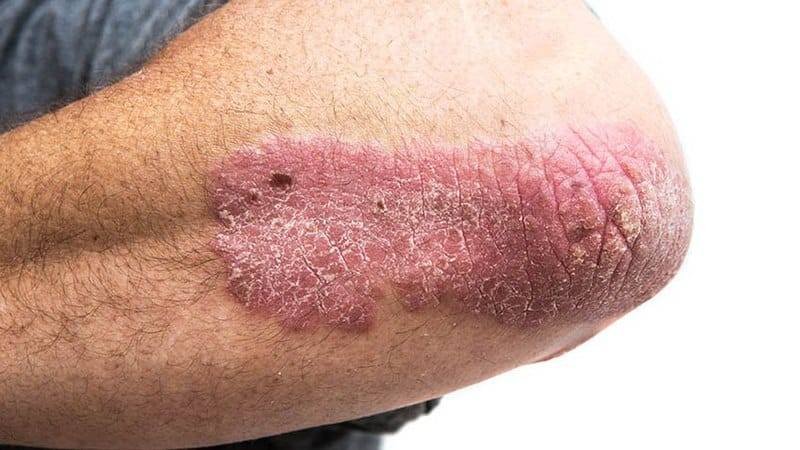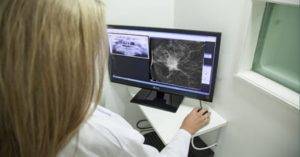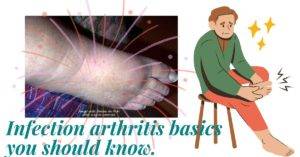
Table of Contents
Psoriasis arthritis is a chronic auto-immune inflammatory form of arthritis, similar to rheumatoid arthritis. It affects only about a 3rd (30%) of patients diagnosed with a disease called psoriasis. It’s an idiopathic, noncontagious, and incurable disease with symptoms that affect your body’s joints.
Being idiopathic means the cause is unknown. Though incurable, there are treatment guidelines or recommendations employed in the management of the disease which we’ll highlight in this article.
Since it’s incurable, the objective of the treatments are:
- To slow down or prevent the progression of the disease,
- To achieve remission or relieve symptoms.
The treatment of psoriasis arthritis will be discussed under the following dimensions:
- Medical or Pharmacological.
- Non-pharmacological,
- Natural diets and Lifestyle adjustments.
Medical or pharmacological treatment.
The medications used in the treatment include:
- Non-steroidal anti-inflammatory drugs (NSAIDs),
- Corticosteroids,
- Phophodiesterase-4 inhibitor(PDE4), like apremilast.
Plus a group of drugs called disease-modifying anti-rheumatic drugs(DMARDs) such as:
- Conventional synthetic Disease-modifying anti-rheumatic drugs(csDMARD) like Methotrexate.
- Biologic disease-modifying anti-rheumatic drugs(bDMARD) like adalimumab.
- Janus kinase Inhibitors(JAKI) or targeted synthetic disease-modifying anti-rheumatic drugs(tsDMARD) like tofacitinib.
The type of drug employed is influenced by the severity of the disease, the extent of the plaque(discolored thick areas of scaly skin), and the number of joints involved. The numerical value of involved joints is often used to classify the disease, for instance:
- Oligoarticluar: Describes the involvement of up to 4 joints or less.
- Polyarticular: Describes the involvement of 4 joints or more.
- Spondylitis: When it involves the hips, spine, and shoulders.
There are treatment guidelines or recommendations which we’ll discuss soon but the medication examples mentioned above are often the drugs of choice in the treatment of psoriatic arthritis(PsA).
These drugs are known for a number of side effects such as:
• Respiratory problems,
• Osteoporosis
• Stomach ache,
• lips and mouth sores,
• Loss of appetite for food,
• High blood sugar and blood pressure,
• Blood-stained feces, and vomit,
• Pain in your joints,
• Allergies,
• Liver problems,
• Tachycardia(fast heart rate),
• Higher chances of infections due to the use of immune suppressants, etc.
12 Guidelines for the treatment of psoriatic arthritis.
Usually, the first line of treatment for psoriasis arthritis(PsA) is the use of non-steroidal anti-inflammatory drugs, intra-articular glucocorticoids, or low-dose prednisone. However, other options may be recommended depending on the clinical presentation as shown in the table below.
| Recommendation/Guideline | Details |
|---|---|
| 1. | Treatment is to be targeted toward remission or low disease activity. |
| 2. | Non-steroidal anti-inflammatory drugs(NSAIDs) can be employed in treating symptoms of the musculoskeletal system. |
| 3. | Glucocorticoids may be used with other measures in the treatment of Psoriatic arthritis but at the lowest or minimal productive dose. |
| 4. | csDMARD is to be quickly started in combating polyarthritis and where there is skin involvement methotrexate(MTX) is the drug of choice. |
| 5. | csDMARD may be used in cases of: 1. High erythrocyte sedimentation rate(ESR) or C-reactive protein. 2. Mono or Oligoarthritis, 3. Poor prognosis, 4. Nail involvement. |
| 6. | In peripheral arthritis: 1. Biologic disease-modifying anti-rheumatic drugs(bDMARD) should be given when there is poor response to at least 1 csDMARD. 2. With skin involvement, Interleukin(IL)-17 or -12/23 should be the drug of choice. |
| 7. | In cases of peripheral arthritis as described in point 6 above but where the use of bDMARD is not recommended or yields a poor result, Janus Kinase inhibitors(JAKi) may be given. |
| 8. | PDE4 may be given in mild cases of the disease where: 1. There is a poor response to at least a csDMARD. 2. The use of bDMARD and JAKi is not recommended. |
| 9. | In cases of proven enthesitis, bDMARD may be given where NSAIDs or glucocorticoids yield poor results. |
| 10. | In cases of mainly active axial disease with poor outcomes in the use of NSAIDs: 1. Tumor Necrosis factor inhibitor(TNF inhibitor), a bDMARD, may be given. 2. With skin involvement IL-17(Interleukin-17 inhibitor) may be a better choice. |
| 11. | Where a bDMARD couldn’t be used or yields a poor outcome, changing to a tsDMARD or a different bDMARD may be good. |
| 12. | Where remission is stable, tapering the DMARD may be good. |
Most of the recommendations are mere suggestions. This raises the importance of interaction between you and your doctor in deciding the best treatment plan that suits your ideal health conditions. Such discussions are vital due to the possible presence of comorbidities or other long-term health issues peculiar to individuals.
You may look up the full documentation of all recommendations by the European League against rheumatism.
Non-pharmacological treatment for psoriatic
arthritis
The non-pharmacological treatment options are measures that can be used alone or in conjunction with pharmacological agents in the management of psoriatic arthritis. These include interventions like Physical or occupational therapy, massage, exercises, etc.
Quitting smoking.
According to the British Society of Rheumatology, smoking has been linked to auto-immune medical conditions which include psoriatic arthritis. Their research found that smoking:
1. Significantly increases the risk of developing psoriasis in the population.
2. Reduces the risk of psoriatic arthritis in patients with psoriasis.
Another research has shown that smoking adversely affects the response and adherence in the treatment of psoriasis and psoriatic arthritis. For this reason, quitting smoking is usually recommended for psoriasis arthritis patients.
Physiotherapy and occupational therapy.
These are healthcare providers you’ll need in such debilitating conditions as psoriatic arthritis. They help you tackle several of the symptoms you experience as a psoriatic patient such as:
- Pain,
- Joint stiffness,
- Weakness and fatigue,
- Reduced ROM(range of motion),
- Tenderness,
- Swelling, and
- Help you adapt to new ways of getting things done.
They accomplish their objectives through physical means like:
- Exercise prescription and guidance,
- Splint application,
- Passive mobilization,
- Weight loss planning,
- Cryotherapy,
- Transcutaneous electrical nerve stimulator(TENS),
- Thermotherapy,
- Hot and cold treatment, etc.
You may engage a physiotherapist along with your anti-psoriatic medications for a better outcome as the physiotherapeutic interventions have no known side effects.

Image by Haley Otman under Creative Commons.
Treating psoriasis arthritis naturally.
All of the measures listed above under physical or occupational therapy interventions are mostly natural treatments aimed at giving you relief from the symptoms. You may also have to avoid or reduce certain foods or activities that may trigger your symptoms or worsen the inflammation such as
- Red and processed meats,
- Fries,
- Alcohol intake,
- Margarine,
- Fatty foods,
- Refined sugar or carbs.
All of the above-listed foods worsen the inflammation which results in the exacerbation of symptoms. Diets rich in omega-3 fatty acids could help reduce your inflammation and symptoms.
Psoriasis arthritis treatment diet.
These are diets that don’t cure but in some way help relieve your symptoms or inflammation. They range from fruits and vegetables to certain protein-rich foods like Fish. Some of these diets include:
- Fatty fish,
- Fruits like pineapples, and avocados,
- Leafy vegetables,
- Mushrooms,
- Dark chocolates,
- Tomatoes,
- Turmeric,
- Virgin olive oil.
Homeopathic treatment of psoriatic arthritis
Homeopathy is thought to help relieve the symptoms of psoriasis arthritis without the use of conventional medications. According to one study, it’s believed to also reduce your dependence on painkillers and other conventional drugs, slow the progression of the disease, and protect your joints from damage.
Homeopathic drugs that may be used in tackling the disease include:
- Radium bromatum,
- Ledum palustre,
- Thuja occidentalis.
- Sulfur,
- Sepia,
- Carbonicum,
- Rhus Toxicodendron, and
- Natrum Muriaticum.
In another study, the severity of the disease was found to determine the outcome of the treatment.
The best outcome using homeopathy is observed in patients that are not immune-compromised whereas the worst is in cases that had existed for over 8 years. The use of immune suppressants in conventional drug treatment is expected to compromise the effectiveness of homeopathic medicines.
Can you have psoriasis without arthritis?
Yes, the majority of people diagnosed with psoriasis don’t come down with arthritis. The disease is not a sentence to arthritis. 70% of psoriatic patients don’t go on to develop psoriatic arthritis and may never also have rheumatoid arthritis which is another autoimmune disease.
Some psoriasis patients may come down with osteoarthritis and the risk of this increases with age. However, the two conditions are not so related but may co-exist.
Kindly keep in touch by signing up for our newsletter:
Can psoriatic arthritis be cured?
Psoriatic arthritis, just like other forms of arthritis, has no known proven cure but there are effective treatments given to bring you relief and slow down the progression of the disease. This often involves the administration of certain drugs like:
- Non-steroidal anti-inflammatory drugs(NSAIDs),
- Corticosteroids,
- Disease-modifying anti-rheumatic drugs(DMARDs),
- Biological agents,
- Non-pharmacological interventions,
- Natural treatments, and lifestyle modifications.
Untreated psoriasis risk.
Psoriasis is an auto-immune disease in need of urgent medical check-ups and treatment. There are no confirmatory diagnostic tests. Failure to give it the required attention puts you at risk of psoriatic arthritis and other complications.
About 30% of people living with psoriasis go on to develop psoriatic arthritis.
Psoriatic arthritis has no cure but is managed by treatments that slow down the progression and give you relief without which it results in extensive joint damage. Not everyone with psoriatic arthritis may have psoriasis but they usually have a family history of psoriasis.
Differences between psoriatic arthritis and rheumatoid arthritis.
These are both autoimmune diseases that may present with similar signs and symptoms. Whereas, rheumatoid arthritis(RA) has known laboratory tests that help with its diagnosis, psoriasis arthritis(PsA) is mainly discovered by its clinical symptoms. Below is a table that highlights some distinctions between these two diseases.
| Psoriasis arthritis(PsA). | Rheumatoid arthritis(RA). |
|---|---|
| Affects both sexes equally. | Females are more affected than males. |
| X-rays show the inflammation of the points of insertion of tendons and ligaments into bones(enthesitis). | X-rays show the inflammation of the lining of the joints. |
| There is an absence of rheumatoid factor in blood tests for a vast majority of sufferers. | Blood tests reveal the presence of anti-CCP antibodies that are present in 75% of cases and rheumatoid factor. |
| May present with thick scaly inflamed skin called plaques. | There is an absence of plaques. |
| The swelling is more widespread and tends to cover the whole finger, forming what is called a sausage finger or dactylitis. | The swelling is localized around the affected joints. |
Usually, the absence of rheumatoid factor and the presence of plaques is a strong clinical indication of psoriasis. You may also want to find out about the differences between arthritis osteo and rheumatoid.





